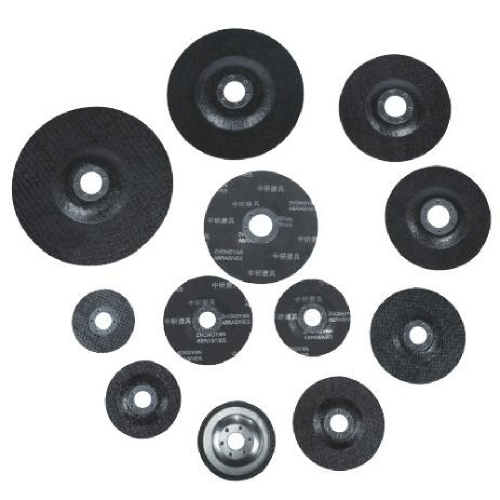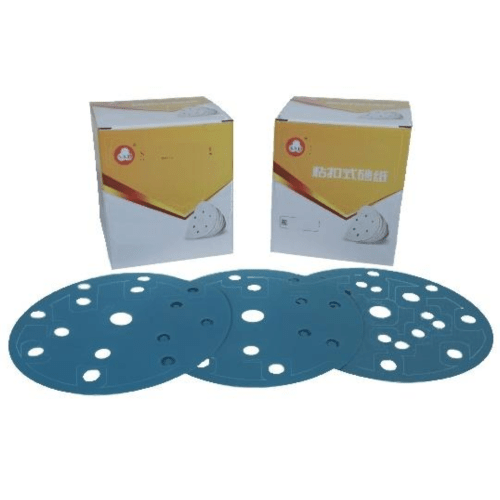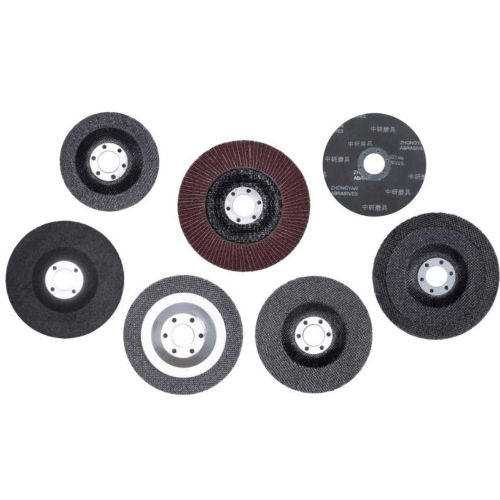wheel fatigue life
Wheel fatigue life represents a crucial parameter in automotive and mechanical engineering that determines the durability and reliability of wheel structures under repeated loading conditions. This comprehensive measure evaluates how long a wheel can withstand cyclic stresses before potential failure occurs. The assessment involves sophisticated testing procedures that simulate real-world conditions, including varying loads, speeds, and environmental factors. Modern wheel fatigue life testing utilizes advanced computational methods and physical testing equipment to predict the wheel's performance throughout its service life. The technology incorporates strain gauge measurements, finite element analysis, and accelerated life testing protocols to provide accurate estimations of wheel longevity. These tests typically examine factors such as material properties, design geometry, manufacturing quality, and expected usage patterns. The results help manufacturers optimize wheel designs, select appropriate materials, and establish maintenance schedules. The applications span across various industries, from passenger vehicles and commercial trucks to industrial equipment and aerospace applications. Engineers use this data to ensure safety standards compliance while balancing cost-effectiveness and performance requirements. The assessment also considers different failure modes, including crack initiation, propagation, and ultimate failure, providing a comprehensive understanding of wheel durability.


